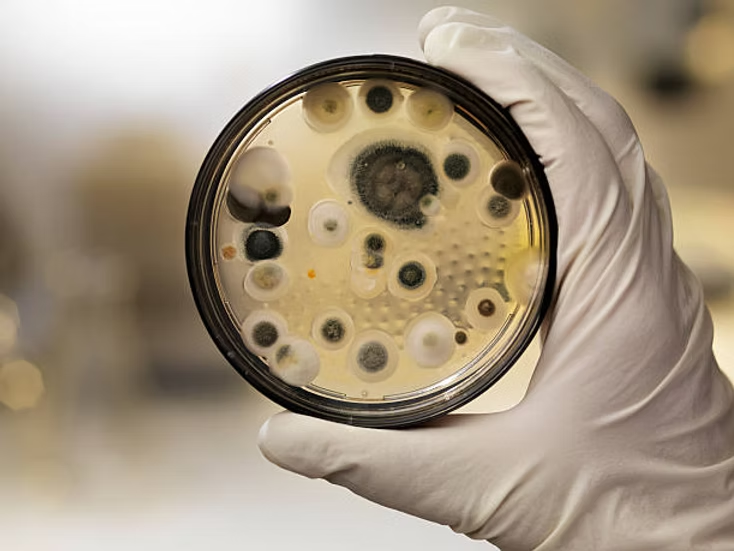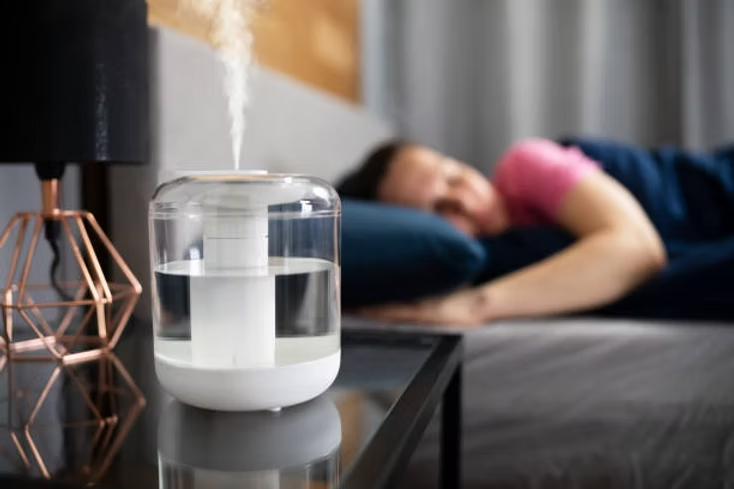Why At-Home Mold Tests Are Inaccurate: The Dangers of DIY Mold Testing
- admin323029
- Blog

Why At-Home Mold Tests Are Inaccurate: The Dangers of DIY Mold Testing – Mold is a serious issue that can cause damage to your property and pose health risks to your family. As a result, many homeowners may be tempted to rely on at-home mold testing kits to identify and assess mold problems. While these kits may seem convenient and cost-effective, they are often not accurate and may provide misleading results. In this blog, we’ll discuss why at-home mold tests are unreliable and why professional mold testing is the better choice.
1. Limited Testing Capabilities
At-home mold test kits typically provide only basic information about the presence of mold. Most kits detect mold spores in the air or on surfaces but do not give a full picture of the type, quantity, or extent of the mold growth. Mold infestations can be hidden behind walls, under floors, or in ventilation systems, areas that at-home tests cannot access.
Professional mold testers, on the other hand, use advanced equipment like air sampling pumps and surface swabs to collect samples from multiple locations, ensuring a more thorough assessment of your home.
2. Lack of Expert Interpretation
Even if an at-home test kit provides a reading, interpreting the results is not always straightforward. Mold testing requires expertise to differentiate between harmless mold spores and potentially toxic varieties. For example, certain types of mold, like Stachybotrys (commonly known as black mold), can cause severe health issues, while others are less harmful.
A professional mold inspector has the training to analyze test results accurately and provide you with the right advice. They can also determine whether the presence of mold is likely to cause health problems or if it’s simply a minor issue that can be addressed with basic cleaning.
3. False Positives and False Negatives
One of the biggest problems with at-home mold tests is the potential for false positives and false negatives. These tests are not calibrated to account for environmental variables such as humidity, temperature, or air circulation, all of which can affect the results. As a result, at-home tests may indicate mold when there is none, or they may miss mold growth that is hiding in less visible areas.
False negatives can be especially dangerous, as they can lead homeowners to ignore hidden mold issues, allowing them to worsen over time. False positives, on the other hand, can cause unnecessary worry and lead to costly remediation efforts that aren’t necessary.
4. Sampling Errors
At-home mold test kits rely on users to collect samples, which can introduce errors. Mold spores can be airborne, making it difficult for a homeowner to collect an accurate sample. Even if the test is conducted properly, it may not be representative of the mold issue in your home. Professionals use specialized equipment to gather precise samples from various areas of your home, ensuring a more accurate and reliable result.
5. No Context or Recommendations
Even if an at-home test reveals mold, it often provides little information on how to address the issue. Mold problems are rarely simple, and solutions depend on the type of mold, the area affected, and the underlying cause of the moisture problem. Without expert recommendations, homeowners may mistakenly attempt to remediate mold using ineffective or potentially harmful methods.
A professional mold inspector not only identifies the source of the mold problem but also provides a detailed action plan to eliminate it and prevent future growth. They can also identify any underlying issues, such as leaks or poor ventilation, that may be contributing to the mold problem.
6. Regulatory and Industry Standards
Professional mold testing is often conducted in compliance with industry standards and regulations, ensuring that the testing process follows best practices and provides accurate results. At-home mold test kits, however, lack this level of oversight, and their results may not meet the necessary standards for mold assessment and remediation.
7. Health Risks of Mold
Mold can cause a wide range of health issues, from respiratory problems to skin rashes and allergic reactions. If you suspect that your home has a mold problem, it’s important to rely on professional testing to ensure that the mold is accurately identified and the appropriate steps are taken to protect your health.
Conclusion
While at-home mold tests may seem like a quick and affordable option, they are not accurate or reliable enough to properly assess the extent of mold problems in your home. Mold growth can be hidden, and DIY tests often fail to provide a complete or accurate picture. For a thorough, accurate assessment and expert advice, it’s best to hire a professional mold inspection and testing service.
Investing in professional mold testing not only ensures that you get accurate results but also helps you avoid the health risks associated with mold exposure. If you suspect mold in your home, contact a certified mold inspector who can provide a comprehensive evaluation and offer tailored solutions to protect your home and health.
Are you worried about the cleanliness of your space?
Let us help you! Cleaning services are our specialty, and we offer a complete range of cleaning and maintenance services. Get a free estimate!




